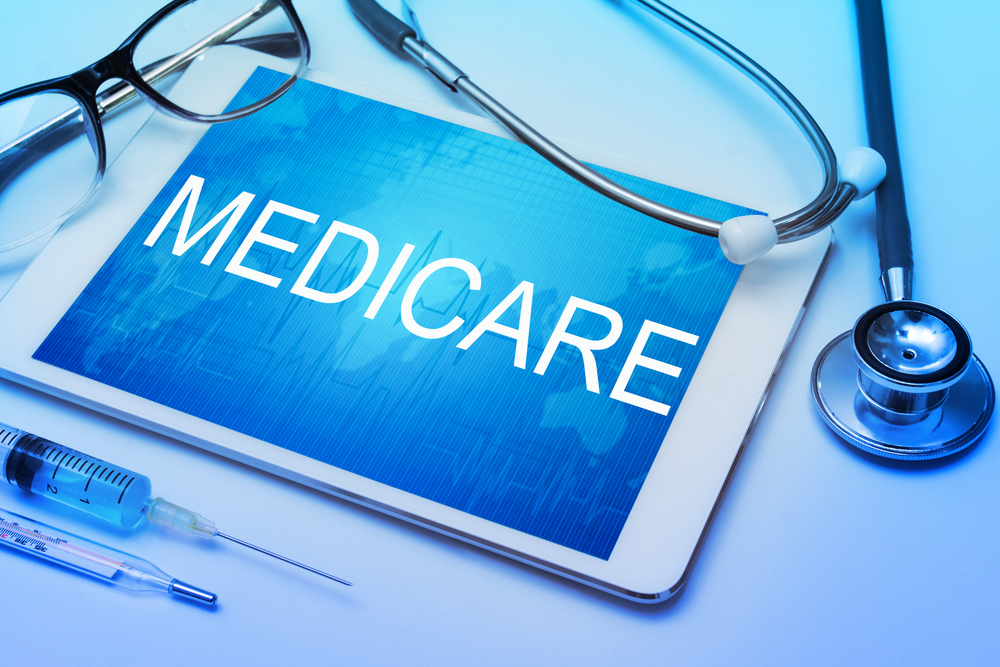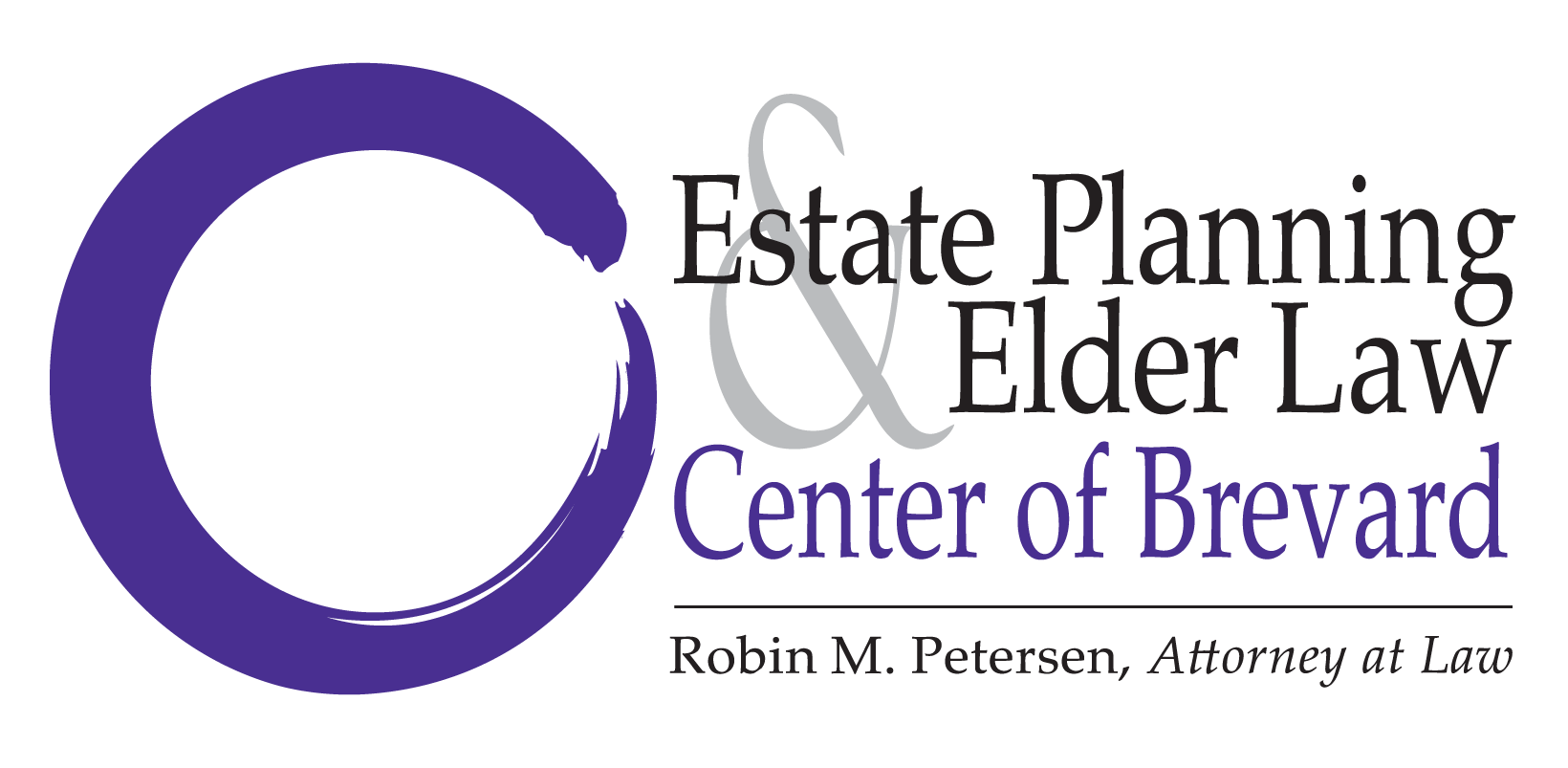In 2025, Americans born in 1960 are reaching age 65, a milestone that for decades…

Medicare Leveraging the Latest Technologies
Many seniors who are financially stable and choosing to age in place already have a “smart” home employing the sorts of technology that can prolong their independent living circumstances. Family caregivers are freer to move about their daily lives knowing they can check remotely on their loved one and that the loved one has a set of controls at their disposal to monitor their environment. Some of these seniors are also tracked directly by medical staff that can assess if any of the patient’s medical vital signs are outside of a safe range. While the corporate competition for senior market dollars has made many of these devices within reasonable price points, Medicare is attempting to catch up to the market demand for the use of these products and include them as refundable medical expenses. Private enterprise and public policy are not in synch.
Medicare’s modest step forward in the proposed approval for funding and use of technology, specifically remote monitors for at home Medicare recipients to track blood pressure and other vital signs, is on a slow trajectory. There are two important limitations associated with the proposals. The first is a constraint on the devices eligible for use and the second is there is no provision for Medicare recipients who do not use home health agencies. The Centers for Medicare and Medicaid Services (CMS) will also not directly reimburse home care companies but allow for the expense to be considered when setting overall reimbursement rates. In other words, the bureaucratic acceptance and ability to merge even the most basic of medical technology tools into the mainstream is cumbersome at best.
While it has not been proven that these monitoring devices improve health outcomes (and may explain why CMS is moving so cautiously), the advocates for the technology make the case that the tools allow the elderly, frailer individuals the ability to continue living at home rather than moving to an assisted living or nursing facility. There is a less financial strain on CMS outlays when older adults age in place. Currently, the CMS proposal only allows for technology that monitors and collects physiological data which typically includes blood pressure, glucose monitoring, and electrocardiogram (ECG). All of this data is digitally stored and can be transmitted by the patient and the caregiver. However, this sort of monitoring is currently happening, and what CMS has come up with is merely a payment change and exclusion of those Medicare recipients not associated with home health agencies. Not exactly a significant foray into at-home medical technology. Technology can streamline and make effective the remote monitoring process however it becomes less effective when government policy continues to add layers of bureaucracy and exclusions that make the adaptation to remote monitoring technologies at home needlessly complicated.
What happens to the latest tech tools that can detect how well a senior is moving around their own home, forgotten to turn off the stove, or a senior who is unable to swallow a pill or answer a phone? For the many chronically ill seniors who are regularly monitored and have stabilized prescription medical approaches for their condition, it might be far more advantageous to approve of technologies that can prevent a house fire or data analytics that can be predictive about the increased risk of an unintended fall. Mobility trackers and smart home devices are as important as at home biometric devices for the senior who is choosing to age in place.
Given that technology will have to be the offset for the growing shortage of personal care workers and their associated expense, remote monitoring will become pervasive in the care of the elderly with chronic conditions. However if the senior does not have financial stability, and many of them do not, how will the costs for these home technologies be addressed?
What are the benefits of the changes CMS has made to the Home Health Prospective Payment System (PPS)? The belief is as put forward by Seema Verma, “The redesign of the home health payment system encourages value over volume and removes incentives to provide unnecessary care.” What this means is if a Medicare recipient uses a home health agency then the remote monitoring tools become an allowable cost on the Medicare report form. The expectation is to use home health agencies as the vehicle to foster the adoption of emerging technologies which is all in support of advancing the Administration’s MyHealthEData initiative. These benefits are doubtful to keep pace with market-driven forces for innovation in the field of at-home biomedical devices because healthcare is taking up an increasing share of the US economy. The CMS Office of the Actuary projects that by the year 2026 one in every five dollars in America will be spent on healthcare.
Another benefit CMS has put into place is the release of the Blue Button 2.0 application programming interface (API). Blue Button is a digital platform that is now the standard for Medicare beneficiaries to receive claims data in a digital format so it can then be securely and privately used in applications (apps) developed by third parties. This platform standardization by CMS is encouraging software developers to leverage its digital architectural design for claims data from Blue Button 2.0.
CMS has taken some cautious steps to ensure that certain Medicare beneficiaries will be able to take advantage of and be reimbursed for the advances in the technologies for home health care. The US healthcare spending is forecast for continued growth reaching over $1 trillion by 2026. There is not a lot of time to get this right. Large government agencies move far more slowly than agile, market-driven technology companies. Thankfully technology developers and CMS are both starting to find ways to blend effectively and efficiently for the benefit of Medicare recipients, but it is a long road ahead.
If you need help with your Medicare planning, reach out to the Estate Planning & Elder Law Center of Brevard by clicking here to schedule a consultation or by calling us directly at (321) 729-0087.



